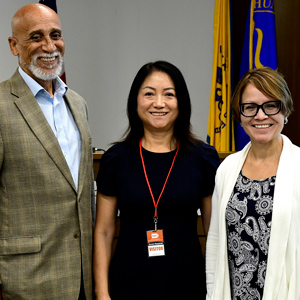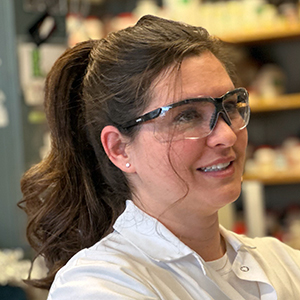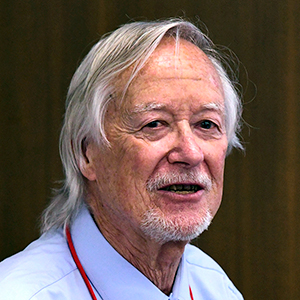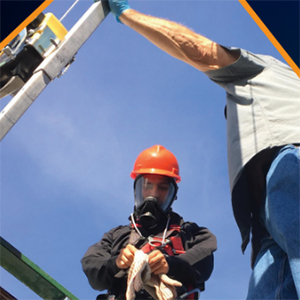NIEHS grantee Laura Niedernhofer, M.D., Ph.D., regularly visits with support groups for patients affected with the rare skin disorder she studies. She often tells participants that if anyone in their family is a budding scientist, to let her know and she will hire them to work in her lab.
A California teen named Aimee Milota was the first to take her up on that offer. This summer was Milota’s second spent with Niedernhofer at the University of Minnesota studying xeroderma pigmentosum (XP), a condition that affects approximately 350 people in the U.S.
“It really speaks to her ‘I can do anything’ attitude,” said Niedernhofer. “She knew she wanted to go into a healthcare profession, and she wanted to understand the science behind her disease better.”
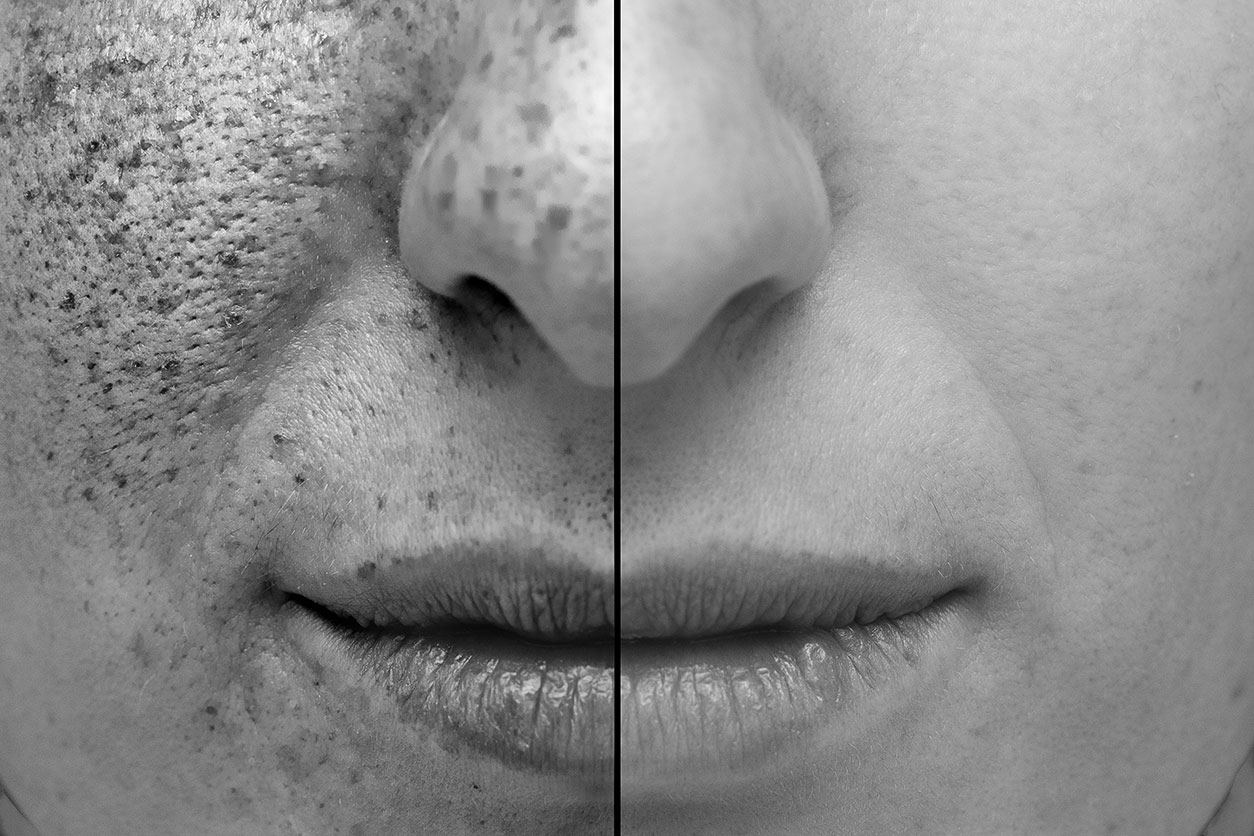 XP symptoms include severe sunburn, freckling, dry skin, and changes to skin color.
XP symptoms include severe sunburn, freckling, dry skin, and changes to skin color.Defects in DNA
Patients with XP are extremely sensitive to ultraviolet radiation (UV) from the sun and other sources. This sensitivity stems from mutations in genes that are involved in identifying and repairing DNA damage caused by such radiation.
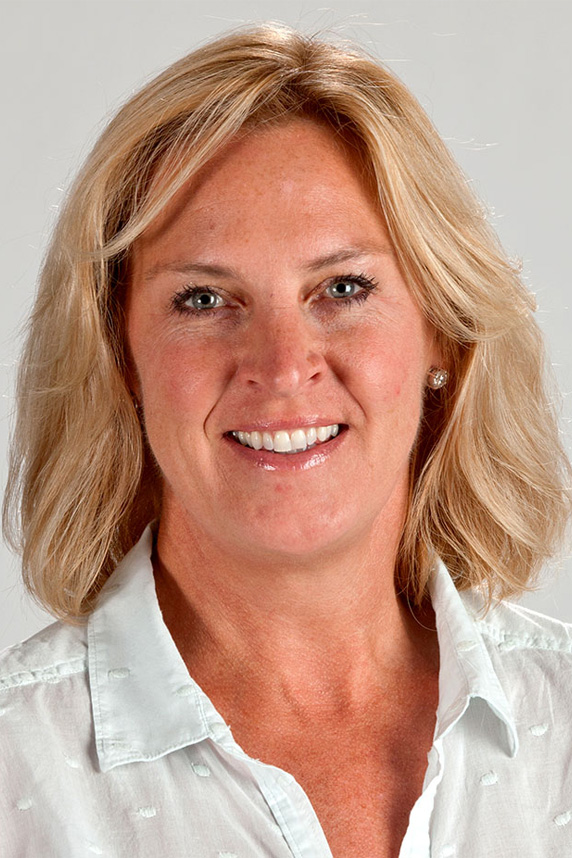 “I have known kids with XP for a long time, but until you see what their lives are like on a day-to-day basis, you don't know the extent of the hardship,” said Niedernhofer. (Photo courtesy of Laura Niedernhofer)
“I have known kids with XP for a long time, but until you see what their lives are like on a day-to-day basis, you don't know the extent of the hardship,” said Niedernhofer. (Photo courtesy of Laura Niedernhofer)As a result, any UV exposure can lead to third-degree burns and premature skin cancer. Niedernhofer has spent her career trying to understand how defects in DNA damage repair can lead to skin cancer, not only in patients with XP but also in the general population.
Aimee developed her first skin cancer when she was only 16 months old. A couple of months later, she was diagnosed with XP and traveling with her mother, Michelle, to a support group in New York that provided information about the condition. That’s where Niedernhofer met Aimee.
“I had just started my lab, and I had a very strong conviction that a lot of my research success had been built on cells from kids with this condition,” said Niedernhofer. “I ask my staff to join me to go volunteer at these camps, and Aimee’s always there.”
Burning questions
From the time of diagnosis to about age three, Aimee had 26 cancers removed. Since then, she has remained nearly cancer-free by avoiding the sun and wearing protective clothing, such as hats and gloves. A special UV blocking film was installed in Niedernhofer’s lab so Aimee can avoid harmful exposure while conducting research.
During the COVID-19 pandemic, Aimee is taking additional steps to protect herself, by wearing a mask, practicing social distancing, washing her hands, and disinfecting her workspace.
The young scientist is helping with an NIEHS-funded project to measure DNA repair. “We have no idea how much variance there is in DNA repair capacity between individuals,” said Niedernhofer. “Would it change if you are exposed to a lot of carcinogens? Does DNA repair capacity decrease with aging? These are questions I have been eager to answer.”
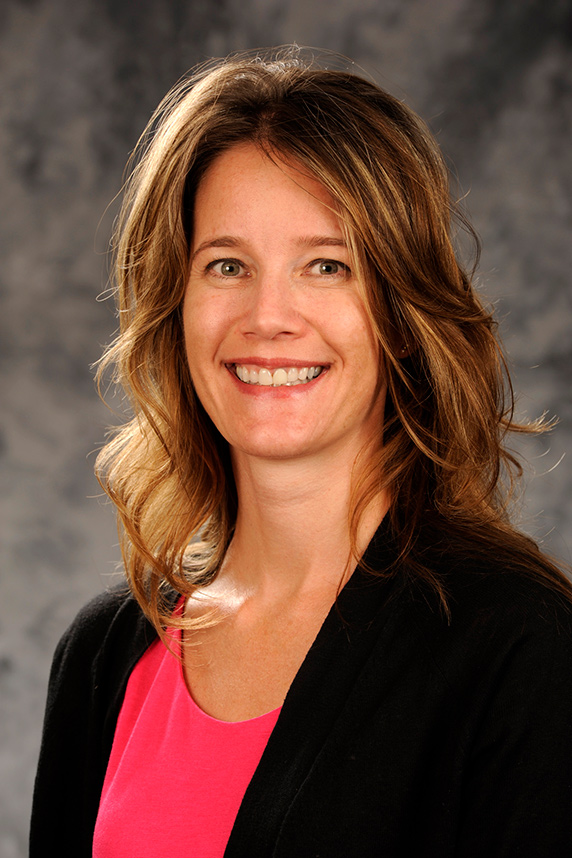 “Not only do you have a high school student who is interested in doing laboratory research, she is studying her own disease despite the barriers it presents,” said Heacock. (Photo courtesy of Steve McCaw)
“Not only do you have a high school student who is interested in doing laboratory research, she is studying her own disease despite the barriers it presents,” said Heacock. (Photo courtesy of Steve McCaw)Although the grant is focused on supporting population-based studies, Niedernhofer says that every month or two a clinician calls, asking her to help determine whether a new patient has XP. As part of her work in the lab, Aimee will analyze blood samples from those patients.
“Her work gives other researchers in the lab a first-hand perspective of what it is like to live with the disease, which I think makes their research more meaningful,” said NIEHS Health Scientist Administrator Michelle Heacock, Ph.D., who oversees grants on DNA repair.
A bright future
Aimee, who started nursing school this fall, plans to continue her research throughout college. Niedernhofer says that although she has encouraged Aimee to consider a career in science instead of nursing, Aimee seems to have chosen the right path.
“Her future is completely unknown,” said Niedernhofer. Last summer, Aimee had to fly home to have a new skin cancer removed. “I think she wants to have a career faster rather than later because she wants to help. I applaud that, though I suspect that eventually she'll come back to research because she is really interested.”
(Marla Broadfoot, Ph.D., is a contract writer for the NIEHS Office of Communications and Public Liaison.)





